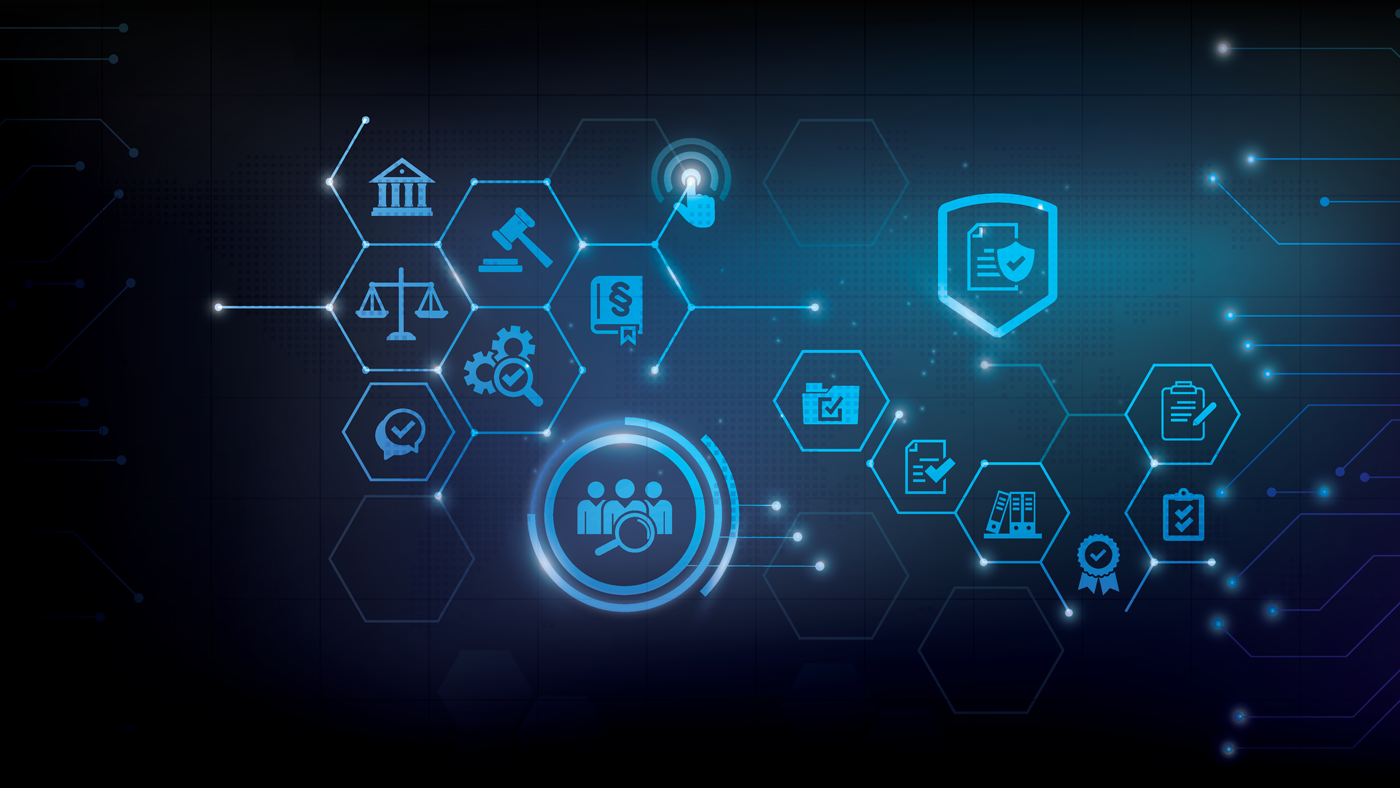In today's rapidly evolving business environment, organizations face a myriad of challenges that can impact their operations, reputation, and overall success. Effective management of these challenges requires a robust framework that integrates governance, risk management, and compliance (GRC). This article explores the critical role of GRC in enhancing business resilience and driving sustainable growth.
Understanding GRC: A Holistic Approach
Governance refers to the system by which organizations are directed and controlled. It encompasses the processes and structures used to make decisions, manage resources, and ensure accountability.
Risk Management involves identifying, assessing, and mitigating risks that could potentially impact the organization's ability to achieve its objectives. This includes financial risks, operational risks, strategic risks, and compliance risks.
Compliance ensures that the organization adheres to relevant laws, regulations, and internal policies. Compliance helps organizations avoid legal penalties, reputational damage, and operational disruptions.
By integrating these three elements, GRC provides a comprehensive approach to managing an organization's overall health and performance.
The Benefits of a Strong GRC Framework
- Improved Decision-Making
A strong GRC framework provides leaders with a clear understanding of the organization's risk landscape and governance structures. This insight enables more informed decision-making, ensuring that strategies and actions align with the organization's risk appetite and regulatory requirements.
Tip: Regularly update your risk assessments and governance policies to reflect changing business conditions and regulatory landscapes.
- Enhanced Risk Management
Effective GRC practices help organizations identify and mitigate risks before they become critical issues. By proactively managing risks, businesses can minimize potential disruptions and protect their assets, reputation, and bottom line.
Tip: Implement a continuous risk monitoring process to identify emerging risks and adjust mitigation strategies accordingly.
- Regulatory Compliance
Maintaining compliance with laws and regulations is crucial for avoiding legal penalties and reputational damage. A robust GRC framework ensures that compliance requirements are systematically addressed, reducing the likelihood of non-compliance and associated consequences.
Tip: Develop a centralized compliance management system to track and manage regulatory requirements across the organization.
- Operational Efficiency
Integrating GRC processes can lead to more efficient operations by streamlining risk management and compliance activities. This integration reduces redundancy, enhances collaboration, and ensures that all aspects of governance, risk, and compliance are aligned.
Tip: Use technology solutions to automate and integrate GRC processes, improving efficiency and reducing manual effort.
- Increased Stakeholder Confidence
A well-implemented GRC framework demonstrates to stakeholders—such as investors, customers, and regulators—that the organization is committed to responsible management and sustainable growth. This commitment can enhance trust and confidence in the organization's operations and long-term viability.
Tip: Communicate your GRC efforts and achievements to stakeholders regularly, highlighting your commitment to transparency and accountability.
Implementing an Effective GRC Framework
- Establish Clear Governance Structures
Define roles, responsibilities, and decision-making processes within the organization. Ensure that governance structures support effective oversight and accountability.
- Conduct Comprehensive Risk Assessments
Regularly identify and assess risks across all areas of the business. Use a systematic approach to evaluate the likelihood and impact of each risk, and prioritize mitigation efforts accordingly.
- Develop and Enforce Compliance Policies
Create detailed policies and procedures to ensure compliance with relevant laws and regulations. Train employees on compliance requirements and establish mechanisms for monitoring and enforcement.
- Leverage Technology
Utilize GRC software and tools to automate processes, track compliance, and monitor risks. Technology can enhance data analysis, reporting, and collaboration across the organization.
- Foster a Risk-Aware Culture
Encourage a culture of risk awareness and proactive management. Promote open communication about risks and ensure that employees understand their role in the organization's GRC efforts.
Conclusion
In an increasingly complex and volatile business environment, a robust GRC framework is essential for building resilience and ensuring sustainable success. By integrating governance, risk management, and compliance, organizations can navigate challenges more effectively, make better-informed decisions, and enhance stakeholder confidence. Investing in GRC is not just about compliance; it's about creating a solid foundation for long-term growth and stability.

